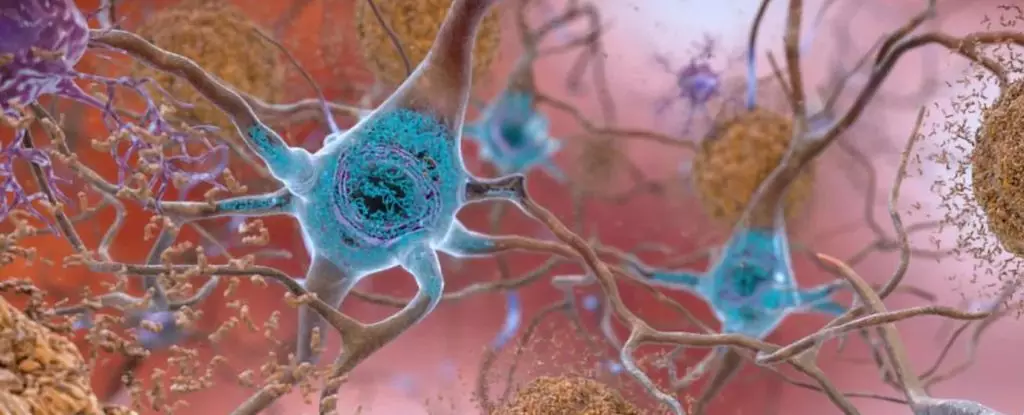The human brain is an intricately woven network of cells, signaling pathways, and biochemical processes, with lipid molecules playing a fundamental role in its overall health. Among these lipids, a particular molecule known as BMP (brain myristoylated protein) has emerged as a critical player. This molecule acts much like a janitor, sweeping up excess fat molecules, while itself being a lipid. Yet, for decades, scientists have been baffled by how BMP manages to resist degradation alongside the lipids it collects. Recent research led by Shubham Singh and his team at the Sloan Kettering Institute has begun to shed light on this enigma, unearthing how BMP’s unique structural properties protect it from being broken down in the cellular abyss.
One of the groundbreaking discoveries in this study pertains to the structural formation of BMP itself. BMP is created through a specific interaction between two enzymes—PLD3 and PLD4—located within cellular compartments known as lysosomes. These enzymes confer upon BMP a peculiar left-handed configuration, distinguishing it from other, more common right-handed fats. The implications of this understanding are significant; if one can manipulate the activity of these enzymes, we may find ways to control BMP levels and, by extension, influence brain health.
As Singh aptly points out, lipid biochemistry often begins with a foundational molecule called glycerol 3-phosphate, the configuration of which sets the stage for subsequent lipid formations. The conversion process from right to left-handed structures is where much of the intrigue lies, prompting important questions about how such changes affect the biological functions of these lipids in cognitive health.
This newfound knowledge brings its own questions, particularly concerning neurodegenerative conditions such as dementia and Alzheimer’s disease. Strikingly, individuals suffering from frontotemporal dementia exhibit substantially reduced BMP levels in their brains, leading to an alarming accumulation of sugary lipids known as gangliosides. When present in excess, gangliosides are toxic and can trigger gangliosidosis, a condition that wreaks havoc on neurons, leading to cognitive decline.
Interestingly, preliminary laboratory trials indicate that administering BMP to cells afflicted by gangliosidosis can facilitate recovery, highlighting BMP’s potential as a therapeutic agent. With an estimated 10 million new dementia cases diagnosed globally every year, the urgency to comprehend the mechanisms underlying cognitive decline has never been greater. By delving deeper into the biological pathways interconnected with disruptions in lipid metabolism, researchers open the door to improved interventions that could potentially mitigate the devastating effects of dementia.
Dementia represents a labyrinthine condition, intertwined with numerous biological pathways, many of which remain poorly understood. The complexity inherent in these pathways often leaves scientists grappling with fundamental questions about brain function. With the identification of BMP’s protective qualities and its peculiar structural nuances, researchers are taking crucial steps toward a more comprehensive understanding of the brain’s lipid landscape.
The exploration of genetic factors, such as mutations in the PLD3 enzyme linked to Alzheimer’s, further complicates this puzzle. Changes in the efficiency of these enzymes can significantly influence BMP production levels, adding another layer to the intricate relationship between lipids and cognitive health. A deeper exploration into these genetic interactions not only enhances our understanding of neurological diseases but also potentially points to innovative treatment strategies.
As we soar through the complexities of lipid biochemistry, research findings that illuminate BMP offer a glimmer of hope in the quest to better understand and ultimately combat dementia. Each discovery unearths new questions, yet they collectively forge a pathway toward potential therapeutic avenues. As scientists like Singh and Baskin continue to peel back the layers of this challenging field, the prospect of applying this knowledge to real-world applications becomes more tangible.
Understanding the balance between lipid composition and brain health could one day lead to preventative measures or treatments for conditions currently deemed incurable. The road ahead may be fraught with challenges and intricacies, but the pursuit of knowledge remains a catalyst for change in the fight against brain-related ailments.


Leave a Reply